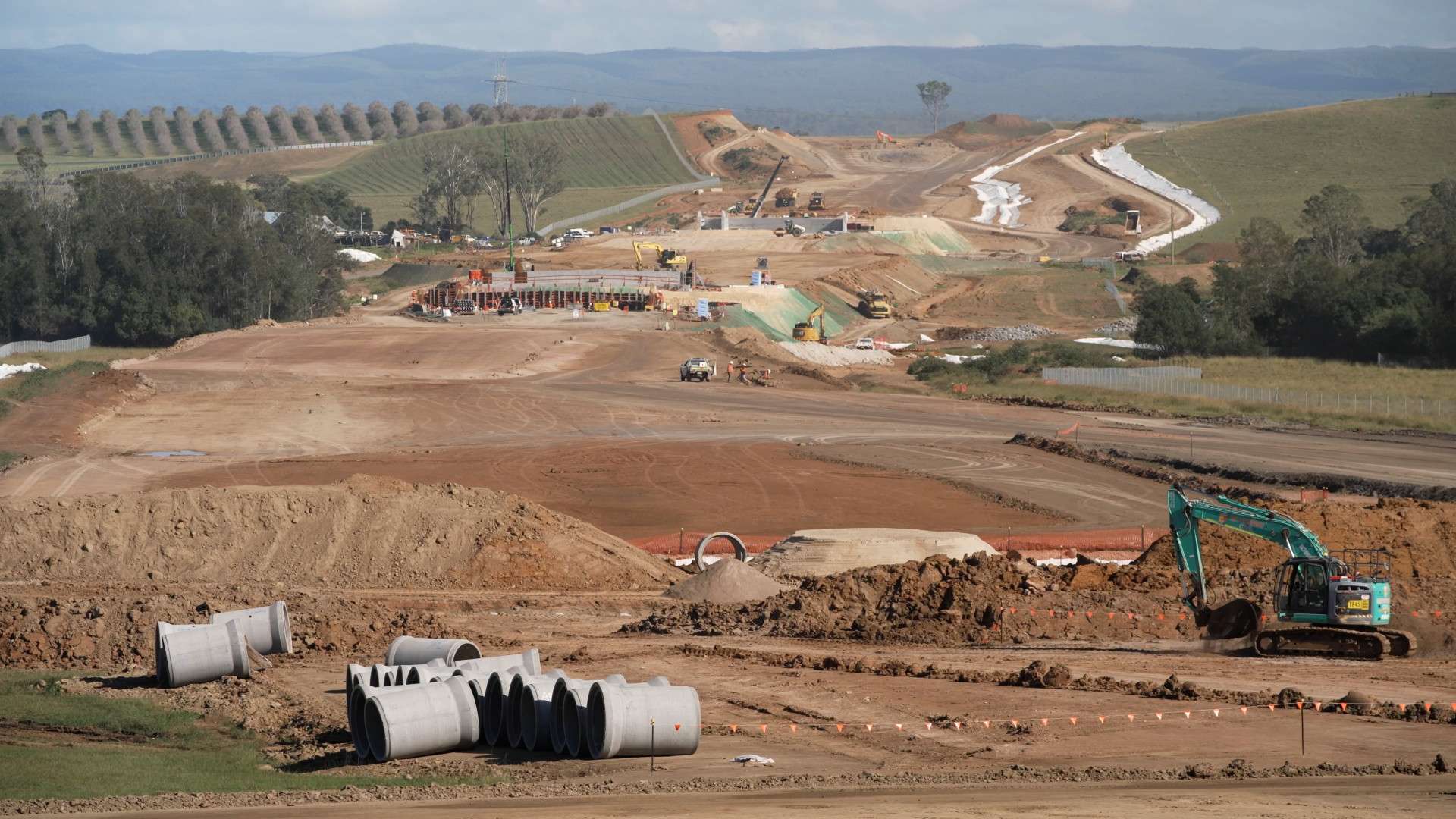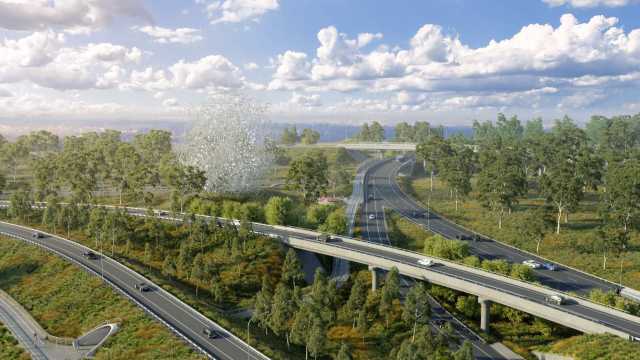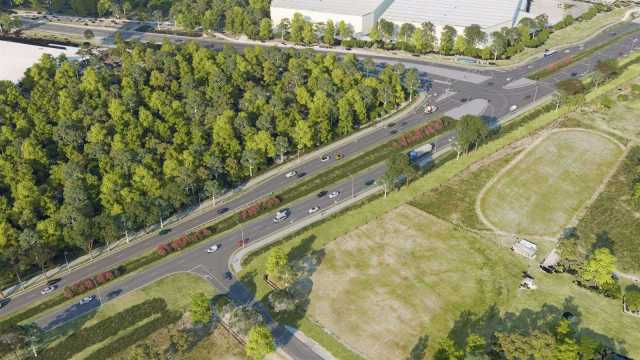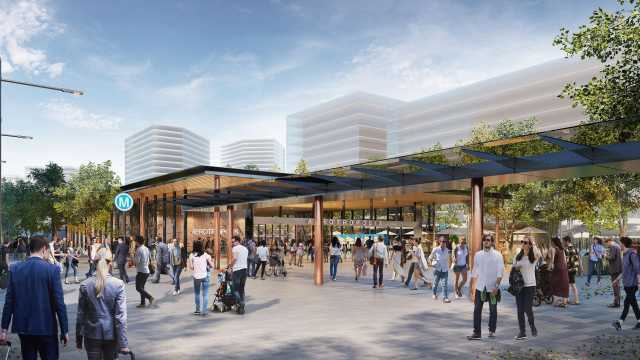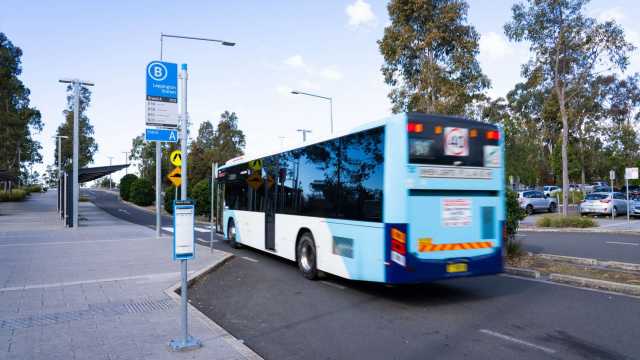New funding for the Western Sydney Airport Precinct
The NSW Government recently committed $150 million in additional funding in the 2025-26 budget to support roads and transport in the Western Sydney Airport Precinct.
New funding allocated includes:
$50 million for critical road upgrades across the Aerotropolis including traffic lights and signals at the Elizabeth Drive and Luddenham Road intersection, and a new turning lane at the Mamre Road and Kerrs Road intersection.
$39 million to plan three key routes – Devonshire Road, Devonshire Link Road and Bradfield Metro Link Road – including a $12.5 million contribution from the Australian Government.
$29.6 million for an incident management and response team to deploy rapidly to accidents and traffic delays. The new team will support key routes to and from the airport, along with the broader South Western Sydney road network.
$30 million for new green directional signs across Sydney directing to the Aerotropolis and Western Sydney Airport.
Moving forward in the Airport Precinct
We’re balancing our long-term vision with what we need to do now. To ensure we can move workers and new visitors to and from the Western Sydney International Airport from day one we’re planning local and direct bus services, safeguarding the existing road network so it’s safe and accessible, and identifying future investment needs in transport infrastructure and services to ensure they’re ready when we need them.

Keeping an eye on our long-term vision
Remaining responsive to the needs of communities as we progress our program of work, while keeping our vision of a fully integrated and resilient public transport network front-of-mind.

Getting ready for the Western Sydney International Airport and connecting Bradfield City Centre
Delivering the M12 Motorway, Sydney Metro - Western Sydney Airport and an enhanced local bus network to meet the needs of the community and travelling public, while unlocking access to Australia’s newest Airport and city to accelerate housing, employment, tourism and the economy.

Safe and accessible travel
Maintaining safety and access across the existing road network to ensure local communities, schools and businesses are safe and supported as traffic volumes and construction ramps up.

Thinking one step ahead
Prioritising and delivering key transport projects to support Bradfield City Centre and the 24/7 Western Sydney International Airport operations in 2026 and beyond.

Working as a team to deliver benefits
Working with all levels of government and industry to deliver transport options when and where it makes sense to maximise safety, accessibility and opportunity for local communities, visitors, workers and industry.
Working with our partners
Transport works closely with partners across industry, government, the Western Sydney International Airport and the local community to help solve the problems of today and deliver the needs of tomorrow through:
Listening and acting on feedback from the local community and community advocates
Working with industry and developers to maximise growth opportunities
Collaborating with our government partners to align investment and delivery priorities and uncover opportunities in the Airport Precinct
Keeping a strong focus on our long term vision and supporting our people to meet the needs of all our stakeholders throughout the lifetime of the build
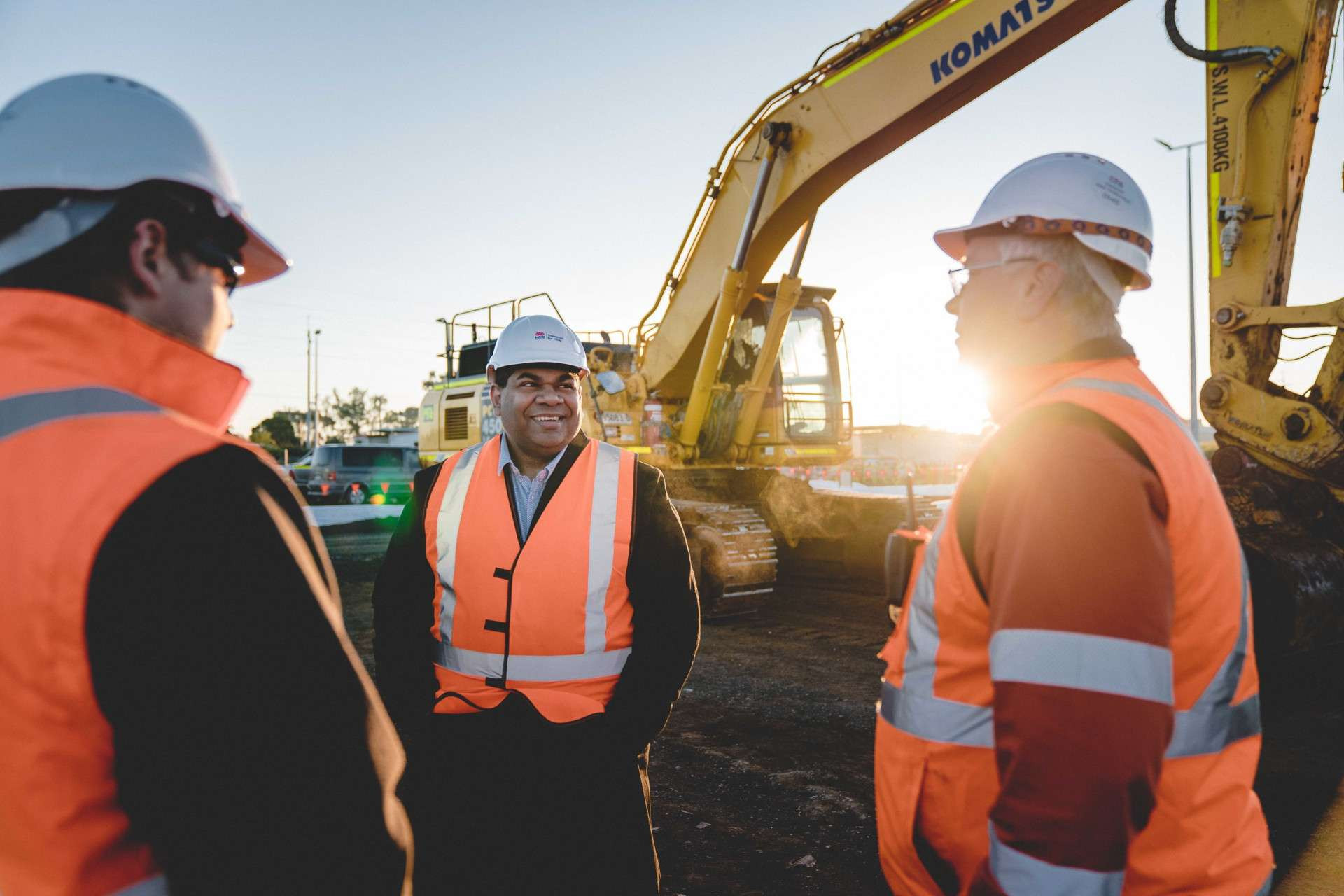
How we will deliver: our passionate people
Our team at Transport take enormous pride in the progress and innovation we’re driving across the Western Sydney Airport Precinct, and the legacy and impact this will have for generations to come.
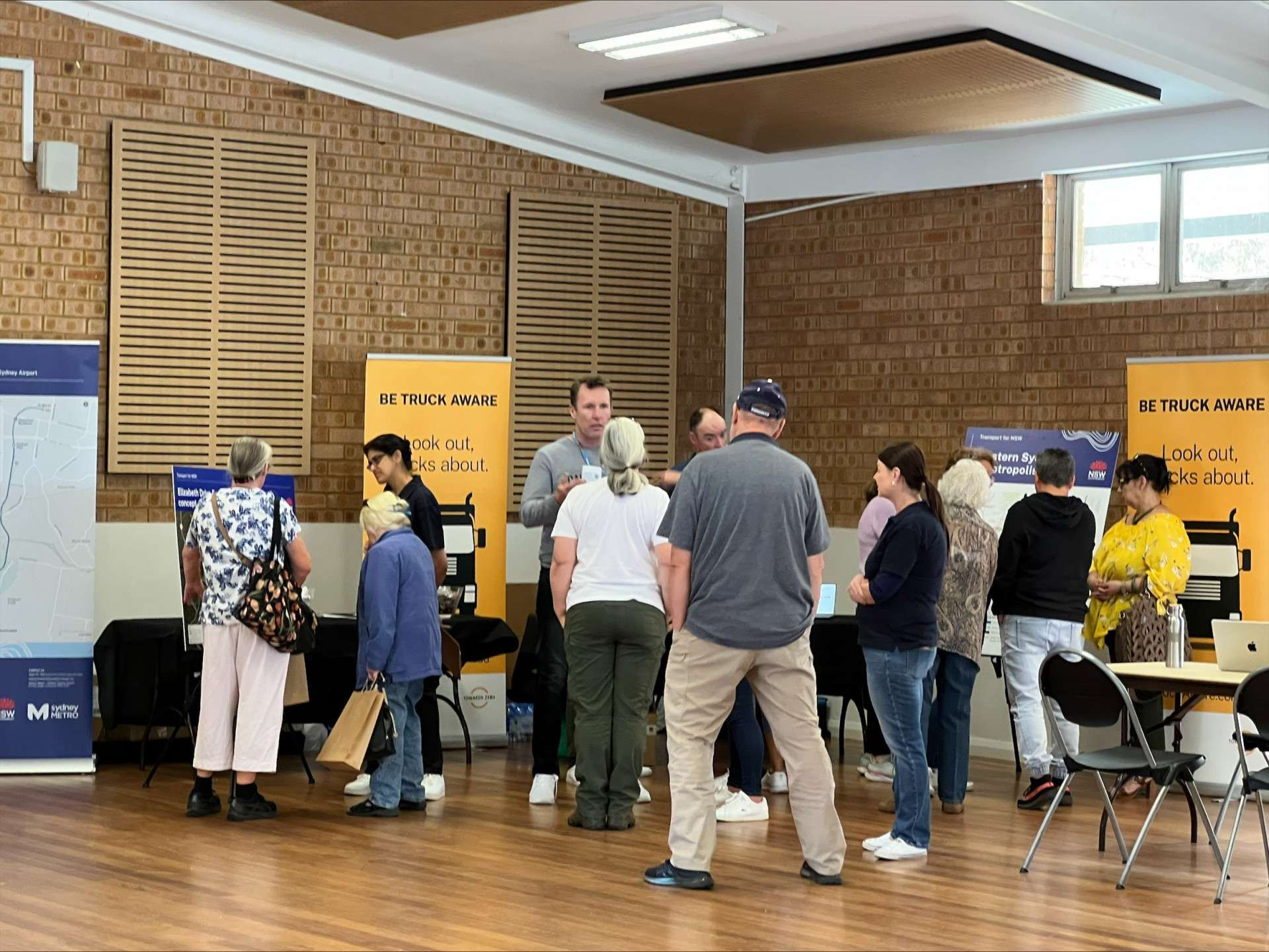
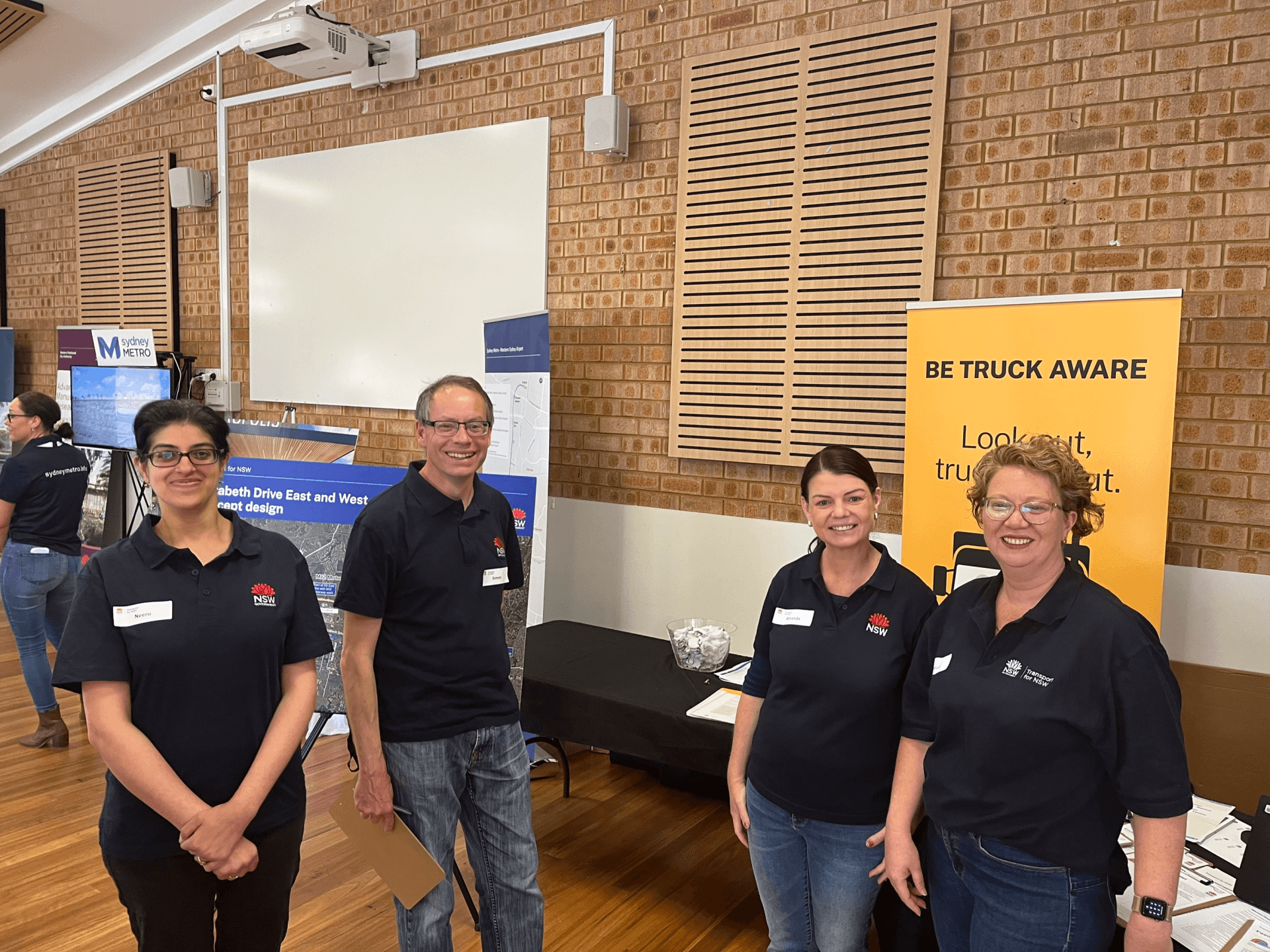
With a lot of our people living locally in Western Sydney, they’re especially invested in getting it right for their communities and are passionate about using their skills and expertise to do so.
They’re focused on working together across Transport, and with our government, industry and community partners, to realise our long-term vision.
Key projects in the Airport Precinct
You can also visit our interactive map to see what is happening in the Airport Precinct.
Progress and projects
A case study: The M12 Motorway
Case study
M12 Motorway
The M12 Motorway will support freight movements across Greater Sydney by connecting The Northern Road and the M7 Motorway to the Western Sydney International Airport, which will offer 24/7 land and air operations to meet growing freight demand across our regions, the state and internationally.
The M12 Motorway design incorporates gradual inclines, declines and long curves to create a more fuel-efficient motorway for users. Earth removed during construction will go into building embankments and help raise other low sections to minimise waste and maximise sustainability.
The M12 will have a continuous shared walking and cycling path from The Northern Road to the M7 Motorway. It will be a place for exercise, travel, leisure, and a way to connect to Country with artwork, indigenous planting, wayfinding and educational signage along the way.
Transport has collaborated with Sydney Water, the Soil Conservation Service and Camden City Council to recycle tree logs from our clearing works to stabilise the riverbank at Ferguson Lane on the Nepean River by stopping erosion and important soil nutrients such as nitrogen, phosphorus and carbon from washing away.
The koalas at Taronga, Featherdale and Western Sydney Zoos are doing their bit for the ‘zero waste’ movement by happily feasting on eucalyptus tree branches removed in preparation for the M12 Motorway. This has allowed us to reduce our overall waste and keep it out of landfill.
We installed 61 nest boxes and 64 bored hollows to offset the removal of hollow-bearing trees as part of the M12 Motorway. These boxes and hollows provide breeding habitats and shelter for native fauna including birds, gliders, possums and bats that may be displaced during delivery of the project.
Wylde Mountain Bike and BMX facility was relocated to make way for the M12 Motorway. Transport worked with Liverpool City Council and Greater Sydney Parklands to design and construct the new Wylde facility for the Western Sydney community and is now open to the public.
A case study: The Northern Road upgrade
Case study
The Northern Road upgrade
A three-metre-wide shared pedestrian and cyclist path was constructed off-road, including designated turning lanes and crossing provisions at traffic lights to enhance safety and to cater for changes in the way we move and travel.
On top of safety improvements for motorists, we installed new street lighting and safety barriers for travellers and pedestrians, improved drainage and landscaping, kerbs and gutters, improved line markings, and installed bus priority lanes including indented bus bays.
The upgrade minimised environmental impacts during construction by using crushed glass rather than sand in concrete, road surfacing material containing soft plastics and toner cartridges, use of recycled water, and excess earth in landscaped screening mounds. Concrete from the old bridge removed as part of the project was recycled and used as a base for new footpaths, and the spoil from the WestConnex and Rozelle Interchange projects was used again.
Thinking to the future, The Northern Road now offers increased capacity to cater for population growth in the area, improves travel times when future development occurs, enables access to future South West Growth Centre precincts as well as for road freight in Sydney’s southwest.
The Northern Road Employment and Training Hub connected jobseekers with training, upskilling and job opportunities as part of the upgrade. Transport worked with industry, non-government organisations and VET providers to engage the long-term unemployed, women, young people, Aboriginal and Torres Strait Islanders and refugees. During construction, the $1.6 billion, four-year project created over 2,000 jobs, and required more than 200,000 cubic metres of concrete and 700,000 tonnes of asphalt.
